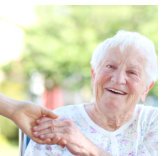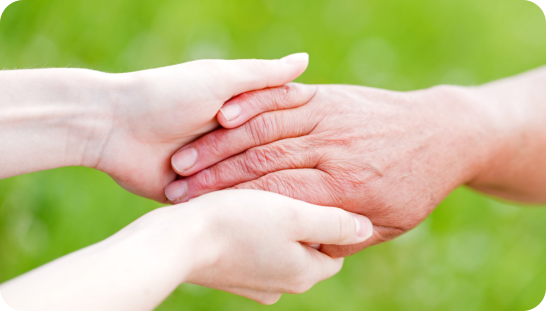Pressure Ulcer Prevention: 7 Steps To Take Now
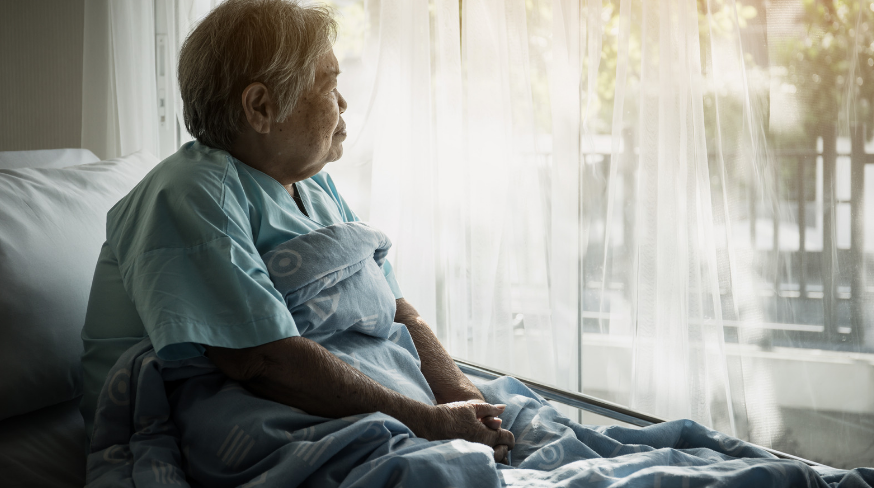
Pressure Ulcers are injuries to the skin and underlying tissue caused by persistent and unbearable pressure on an area of skin. These ulcers, often referred to as bedsores, can lead to complications such as infections or tissue death if left untreated.
Seniors who have medical conditions are at risk of having a pressure ulcer. As they age, their bodies become weaker, and they become more susceptible to external forces such as sitting or lying down on hard surfaces for an extended period of time. Bedsores, or pressure ulcers, usually develop on the bony areas of the body: the heels, ankles, hips, and tailbone.
While it is true that seniors suffering from medical conditions are at a higher risk of developing bedsores, anyone can become susceptible to a pressure ulcer. So it is a great idea to learn how to prevent them in the first place.
In this article, you will learn how to prevent pressure ulcers. You will also learn to recognize the symptoms and what to do in case of an emergency.
What Are The Symptoms Of Pressure Ulcers?
Taking care of an elderly loved one is not an easy task to do. The best way to ensure their safety and well-being is to be aware of the symptoms of pressure ulcers.
Pressure ulcers have a variety of symptoms, some of which are subtle and easily overlooked. However, the signs become clear when you know what to look for.

Early Symptoms
When an ulcer is first forming, it is likely to be quite small and might not even be noticeable. These small ulcers are often painless or nearly painless, so you must pay attention. As the ulcer grows, it will start to cause aching, pain, or feeling odd. Some of the warning signs to look out for include:
- The affected area is red and warm to the touch. With darker skin, the affected area may have a blue or purple tint.
- Discolored patches don’t turn white when pressed
- on a patch of skin that is warm, spongy, or hard.
- Your elderly loved one may also complain about pain or itchiness in the affected area.
A doctor may call a pressure ulcer at this stage a category one pressure ulcer.
Later Symptoms
When an area has been affected for a longer period of time, symptoms become more severe and can form.
- An open scrape, sore, or blister – a category two pressure ulcer
- a crater-like appearance as a result of damage below the skin’s surface. – a category three pressure ulcer
- a very large and deep wound that may reach a person’s muscle and bone – a category four pressure ulcer
Common Sites Of Bedsores or Pressure Ulcers
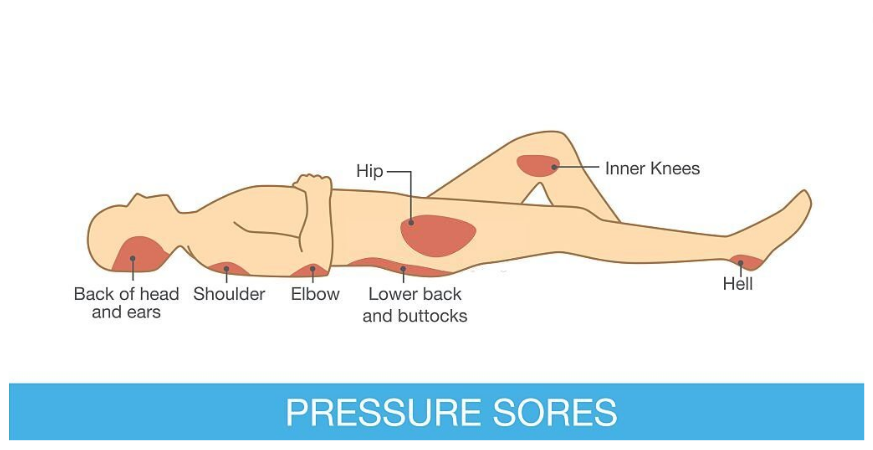
Pressure ulcers happen when a person is in one position for too long, causing excessive pressure on a specific part of the body.
For a senior or someone who uses wheelchairs, bedsores occur on the skin over the following sites:
- Tailbone (the bone on the bottom of the spine)
- Shoulder blades and spine
- The back of the arms and legs where they rest against the wheelchair
For a senior or someone who needs to stay in bed, bedsores may happen on:
- The shoulder blades
- The hip, lower back, or tailbone area
- The back of the head or the sides of the head
- The ankles, heels, and skin behind the knees
In Case of An Emergency
Keep in mind that if you’re caring for an elderly loved one, it may be difficult to detect bedsores until later stages. This is because they often have to find ways to cope with the pain, especially if seniors suffer from dementia or confusion. But if you notice signs of infection, like fever, drainage from a sore that smells horrible, changes in skin color, or swelling around a sore. Don’t ever hesitate to seek medical help immediately.
What Causes Pressure Ulcers?
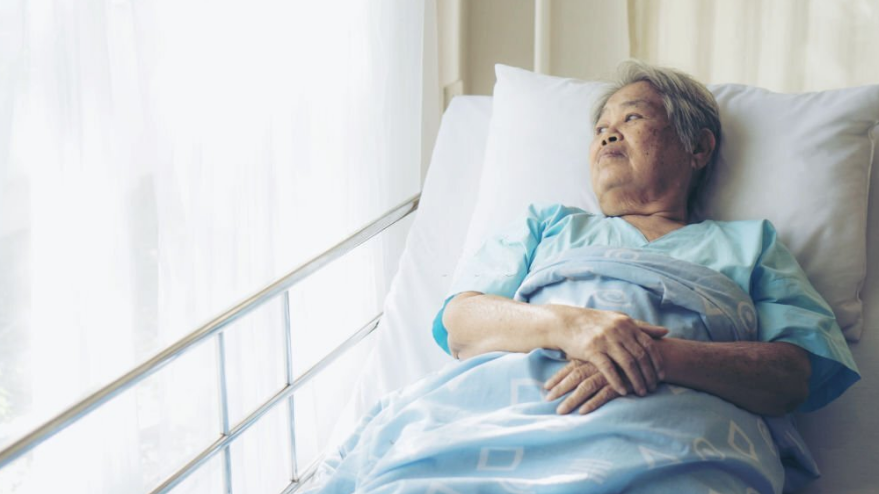
Pressure ulcers are caused by significant pressure against the skin that limits blood flow to the skin. Restricted movement can make skin vulnerable to damage. As a result, the skin may break down or lose its ability to heal, which can then lead to bedsores or chronic pressure ulcers.
Three main contributing factors to bedsores are:
1. Pressure
When a person is in one position for too long, their body part is exposed to external pressure. This pressure prevents the blood from flowing normally through the blood vessels and tissues. Blood flow is key for cells to heal and regenerate after injury.
2. Friction
When the skin cannot move freely against clothing or a surface, it rubs against itself or something else, causing friction. This friction may make the skin inflamed and abrasion, which can contribute to bedsores or decubitus ulcers. For example, when people sit in wheelchairs for long periods, their skin can easily rub against clothes or other surfaces.
3. Shear
This happens when the skin and underlying tissue are pulled in opposite directions, causing injury to the skin. For example, bedsores usually appear at sites of direct pressure like the tailbone, shoulder blades, or hips. This is because these areas are bony and easily damaged if placed on a hard surface for long periods of time.
What Are The Risk Factors Of Pressure Ulcers
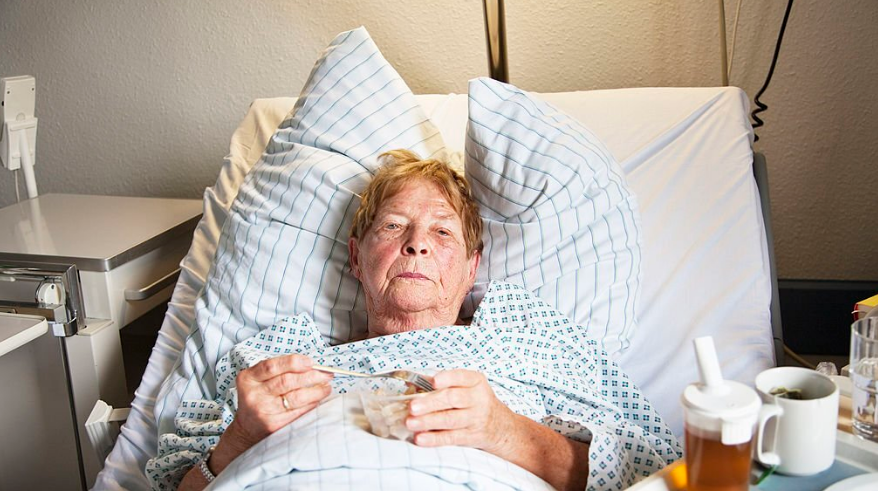
The elderly, people with medical conditions, and those who are bedridden or on hard surfaces have a higher risk of pressure ulcers. Risk Factors include:
- Incontinence: Exposure to urine or feces creates a warm and moist environment. This can lead to infections, which in turn make the skin more susceptible to damage.
- Immobility: People who have to stay in bed for a long time or rely on wheelchairs have limited movement, which contributes to bedsores or pressure ulcers.
- Poor Nutrition And Hydration: When a person is unable to consume enough nutrients and fluids, the risk of bedsores increases. This can lead to fatigue, weakness, and dehydration.
- Lack Of Sensory Perception: So if your loved one has visual or hearing impairment, it might be more difficult for them to communicate their pain so that you can adjust their position accordingly.
- Medical Conditions That Affect Blood Flow: Some people have underlying medical conditions that make them more susceptible to bedsores or pressure ulcers, such as diabetes and vascular disease, which lowers blood flow.
Complications of Pressure Ulcers
The damage can extend well beyond the skin’s surface when pressure ulcers become long-term problems. For example, a category two pressure ulcer (a bed sore) can develop into a life-threatening condition that only a doctor can treat. We call this stage an advanced pressure ulcer. Advanced pressure ulcers are very serious and often require specialized care. If left untreated or neglected, bedsores may also lead to:
- Sepsis: is a potentially life-threatening condition caused by an infection almost always accompanied by fever, possibly chills, and difficulty breathing.
- Cellulitis: A skin infection usually accompanied by a fever, redness, warmth, and tenderness at the site of the infected skin. If left untreated, this condition can spread to the bloodstream, joints, or bones (sepsis).
- Bone and joint infections: If the pressure ulcer spreads to the bone or joint, it can cause inflammation, pain, and stiffness (arthritis).
- Cancer: Some cells in pressure ulcers can become cancerous. If the pressure ulcer spreads to the bone or joint, it cannot be treated, and cancer is likely.
Pressure Ulcer Prevention
Prevention is the best cure for pressure sores. The most important step to ensuring your loved one does not get a bedsore is to keep their skin as clean as possible and ensure they are not in one position for too long. Here are some tips for preventing pressure ulcers:
1. Have The Person Check Their Position Often
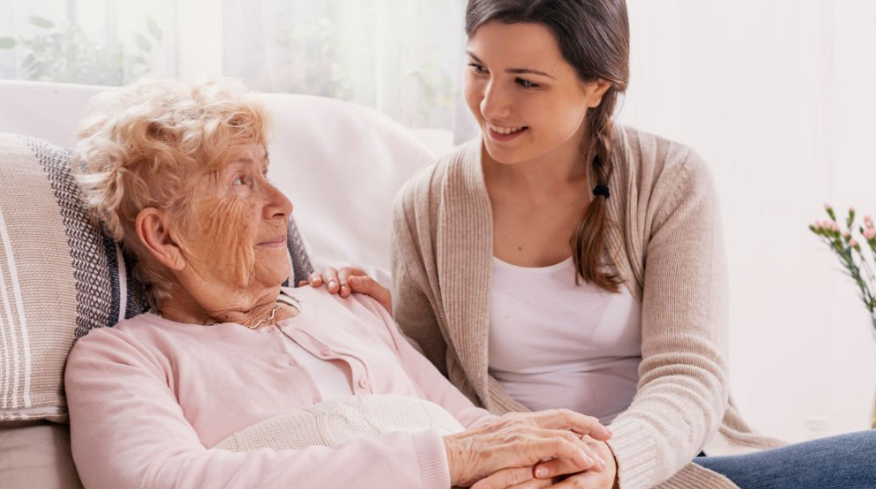
Seniors who stay in the same position for a long time or use wheelchairs may not be aware that their skin is rubbing against something else. And even if they know it, they may have difficulty moving because of pain or weakness. Try to do a head-to-toe check on your loved one at least once or twice a day.
2. Give Them Frequent Skin Checks
Check your loved one’s skin often for signs of redness, itching, and changes in temperature. Then check for tenderness and swelling.
3. Change Their Clothes Or Move Them Regularly
You may need to change your loved one’s clothing daily or several times a day if they are bedridden or spend a lot of time in bed. It’s important to check their skin often, especially when sleeping, because they may too often pull the covers over them.
4. Search for Special Wheel Chairs
If you have the budget, getting them a wheelchair with special features is a good idea. There are wheelchairs available today that you can tilt back and forth if you want. It’s great to relieve pressure on the hips and back, making it easier for your loved one to move around.
5. Choose A Cushion Or Mattress That Relieves Pressure
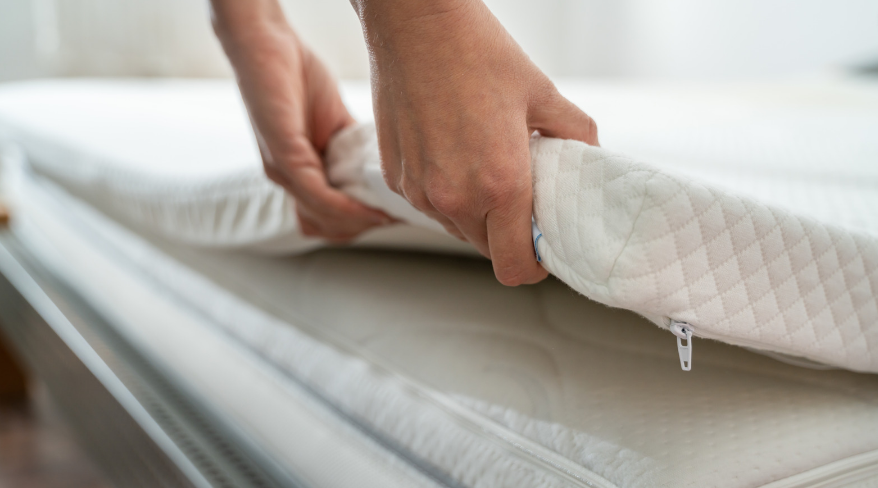
Choose a mattress that can relieve pressure on your loved one’s tailbone, hips, and shoulders which are the most common places for bedsores.
6. Ensure Skin Remains Well Hydrated And Moisturized
Adequate hydration in the elderly is important because they cannot control fluid intake. You can provide them with liquids or foods containing plenty of water to ensure they get enough.
7. Provide good skin care
Skin care is important for preventing bedsores. Proper skin care is important for any age but is even more important for the elderly. You may consider the following suggestions for skin care:
- Protect the skin – It is a good idea to use moisture barrier creams to protect your elderly loved ones’ skin from urine and stool. You should also need to change bedding and clothing regularly if needed. Check for buttons on the clothing and wrinkles in the bedding that irritates a person’s skin.
- Moisturize the skin – Moisturizing the skin will help to keep the skin healthy and prevent it from becoming dry. Moisturizing the skin helps to keep moisture in the skin and removes dead skin cells.
- Keep the skin clean and dry – Good hygiene will remove dirt from the skin and keep the skin from becoming dirty. Always wash the person’s hands, face, and lower body daily with warm water and a gentle cleanser.
Final Thoughts
Bedsores are one of the biggest health or care issues facing our senior population, but they are preventable. The key is to recognize the signs of bedsores and take action to prevent them. Following these simple steps is essential in preventing pressure ulcers and is a great way to help your seniors maintain their independence and quality of life.
Here is Serenity Senior Care; it is our goal to ensure that you are aware of these issues and able to provide the best care for your loved ones. We hope that this article has provided useful information and that you have found it helpful. Please contact us if you want to know more or have any questions.

